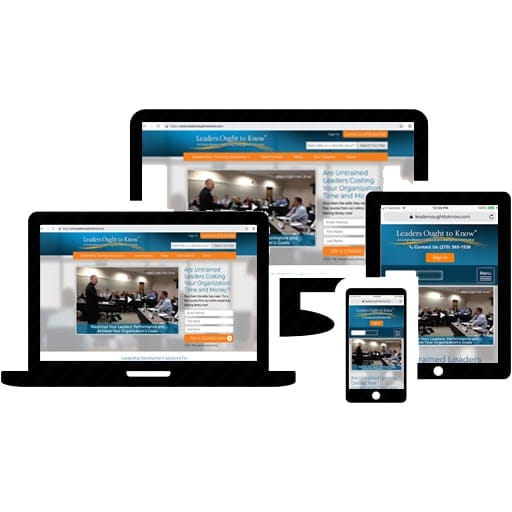As a leader, where do you want to be? Learn how to use the concepts of mission and objectives to define your strategic leadership position.
How to Define Your Strategic Leadership Position
In a previous post, I shared that effective strategic leadership planning is the essentially the process of honestly answering 4 questions. The first of those questions — “where am I right now?” — is intended to help you determine your current strategic leadership positioning.
(For the qualifying questions I offered to help you find your answer, read the post here.)
Once you know “where you are right now,” a second strategic leadership question, “where do I want to be,” needs clarified.
If someone asked you that question when you were 15, you might have quickly answered, “Well, I want to be rich and famous, of course!”
Maybe you still wish to be rich and famous! If so, great! But have you made it official?
Remember, strategic leadership planning is essentially the determination of personal goals, followed by the strategic allocation of resources — precious time, effort and money — all directed toward the accomplishment of those goals.
But in more than 35 years of business, I’ve found that most people are not strategic in their pursuit of riches and fame — or of almost anything else.
Why?
Frankly, they’re not interested in committing the serious outlay of time, effort and money required.
Instead, they hope to hit the lottery. Or they hope to be discovered by some Hollywood agent while walking through the mall.
That’s not strategic, and that’s not planning.
There are two defining concepts that can help refine you strategic positioning as a leader — where you wish to be — before you commit valued time, effort and/or money to what might otherwise prove to be a futile endeavor.
One defining concept is “mission.” The other concept is “objectives.”
Define Your Mission, Define Your Objectives
A mission is “a strongly felt aim, ambition or calling”; whereas, an objective is something specifically aimed for or sought.
In other words, to be most effective as a leader, you should be clear on both the mission and objectives you’re striving for.
For example, in my professional role as a speaker, trainer, author and consultant, it’s my mission — my strongly felt aim, ambition and calling — to develop and improve the performance of functional leaders worldwide.
And one of my objectives — something I’m aiming for — is to use the online leadership library I’ve developed as a tool to equip functional leaders worldwide with practical techniques for more effective leadership performance — my mission!

If online leadership training might help you, check it out here!
As a leader, your mission and objectives must be aligned. Otherwise, conflict, confusion, frustration and ultimately, the temptation to give up and throw in the towel, become very real.
So you’re challenge for the upcoming week is to fine tune and nail down your leadership mission and objectives.
Make the time to put on paper your “strongly felt aim, ambition or calling” (mission) and the outcomes you are “specifically aiming for or seeking out” (objectives) as a leader.
“Do the work, so the process can work.”
The work you’ll do in answering “where do I want to be,” will define and clarify your professional leadership purpose for now and the foreseeable future.
In the next post, I’ll introduce question 3 for developing strategic leaders. Stay tuned.
#whichwaydoIgo #wheredoiwanttobeinayear #wheredoiwanttobe #strategicleadershipdevelopment #strategicleadership #strategicleaders #leadershipdevelopment #leadershipkeynotespeaker










